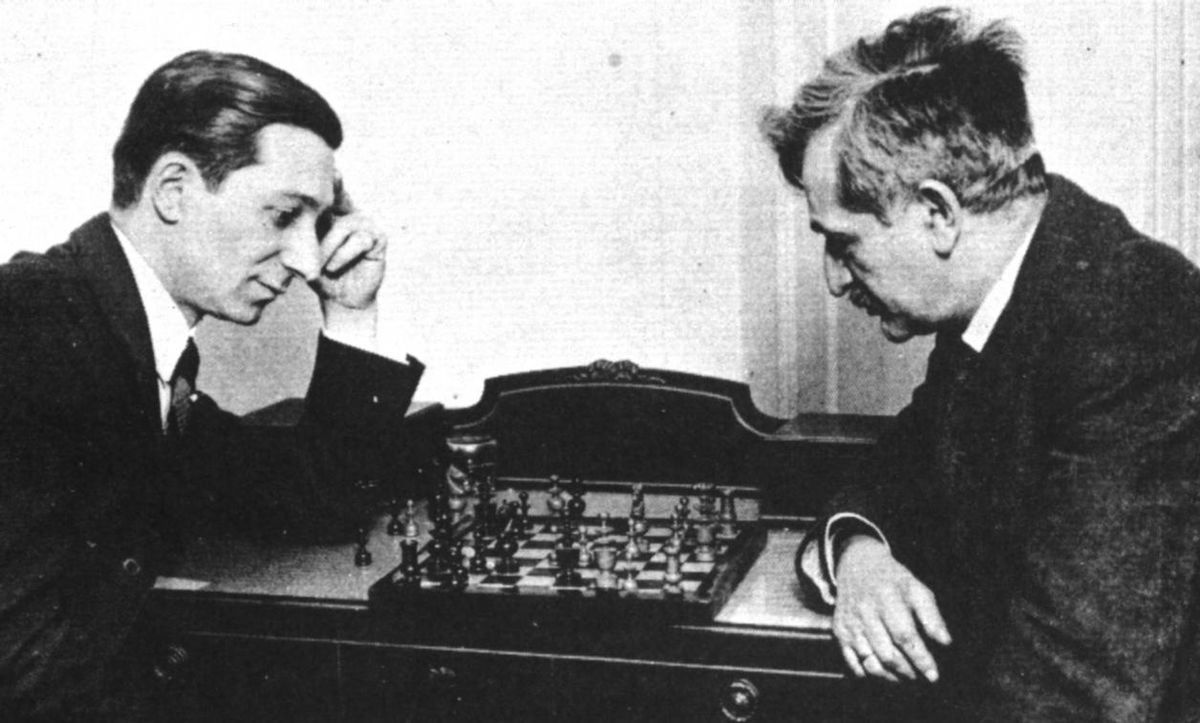

Edward Lasker was a leading chess player in the early 20th century and the game we will discuss today is his most famous game, in which he defeated George Alan Thomas in London in 1912. The game was 18 moves long and is widely renowned as it contains a beautiful queen sacrifice, which is followed by a king-hunt of epic proportions, as Thomas’ king is forced on a long walk to the other side of the board, before being checkmated. Let’s get straight into it and look at the game, with Lasker playing with white.
Watch What’s Trending Now!
Here’s how the opening went – 1. d4 e6 2. Nf3 f5 3. Nc3 Nf6 4. Bg5 Be7 5. Bxf6 Bxf6 6. e4 fxe4 7. Nxe4 b6 8. Ne5 O-O 9. Bd3 Bb7 10. Qh5 Qe7.
A simple and quite common opening, with both sides equal at the moment. This is when Lasker made his move which rendered his opponent completely helpless. Here’s how the board looked like –
ADVERTISEMENT
Article continues below this ad
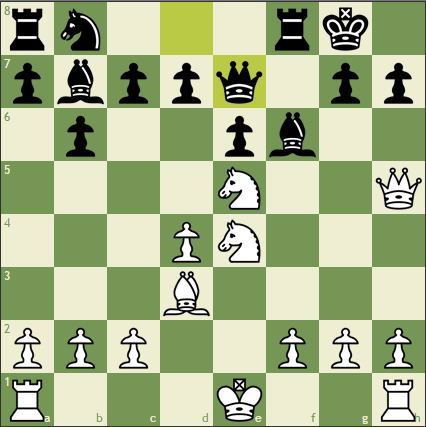
ADVERTISEMENT
Article continues below this ad
Black has just moved his queen to e7, and white has the opportunity to mate from here! It is very difficult to find the mate in this position, but Lasker found it and unleashed a scintillating set of moves, which completely floored his opponent.
He played 11. Qxh7+, which means the black king is forced to take the queen and thus 11…Kxh7. Lasker has sacrificed his queen in order to draw the king towards the middle part of the board. With the king on h7, he plays 12. Nf6+.
ADVERTISEMENT
Article continues below this ad
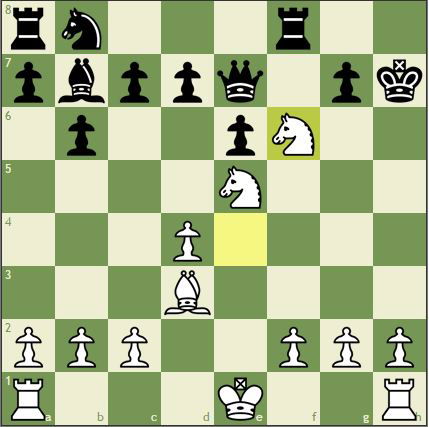
There is a double check on the king, as he the bishop on d3 and the knight on f6 are both giving check. Black cannot play 12…Kh8 as a simple 13. Ng6 would be checkmate. Thus, black is forced to play 12…Kh6.
Now, the king is on h6 and white plays 13. Neg4+, which means the knight on the e-file moves to g4 and gives check. This is how it looks like now –
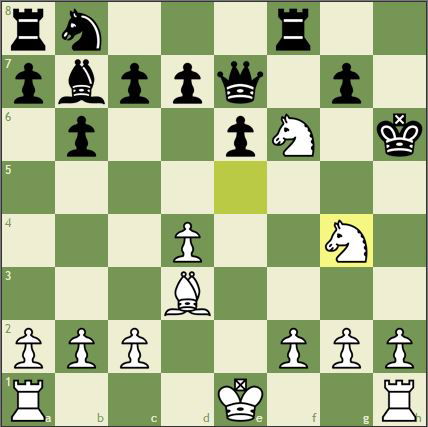
After Kg5, how does white proceed? He plays 14. h4+
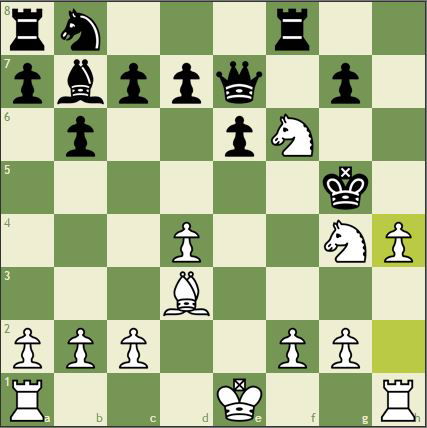
Again, the black king cannot go anywhere except f4, as all of its other squares are under white’s attack. Thus, we have 14…Kf4.
As the king moves farther away from the other black pieces and comes to f4, Lasker plays 15. g3+, giving the king absolutely no respite.
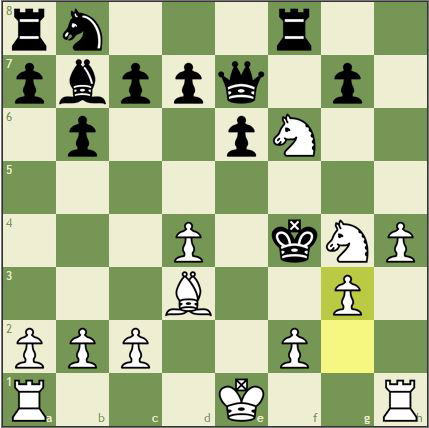
As this amazing sequence of forced moves continues, you can look at the board and see that all squares available to the king are under attack, except one, which is 15…f3.
Now, what does white do next? Try to figure it out. If you think he played Kh2, you’re incorrect. White plays 16. Be2+, with the king protecting the bishop.

He plays 17. Rh2+!
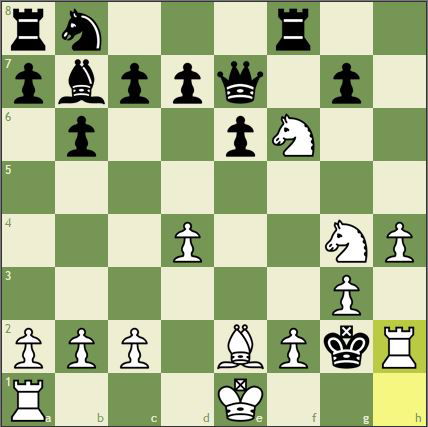
Black has no other option but to play 17…Kg2. Just pause for a moment and reflect on the last few moves. The king has been FORCED to move from the 8th rank right to the 1st rank in a matter of seven moves. Look how far the black king’s army is! His bishop, his king, his rooks and his queen are all helpless as white literally kidnaps the king and places him on g2, ready to be executed.
Lasker plays 18. Kd2#, as the king steps onto the second rank and exposes the king to the rook on a1, which means mate. Another option would have been 18. O-O-O# (Queen side castling), which would have looked more pleasing on the eye, perhaps. A great game nevertheless, one that will remain a part of chess history for time immemorial!
ADVERTISEMENT
ADVERTISEMENT
ADVERTISEMENT
ADVERTISEMENT


